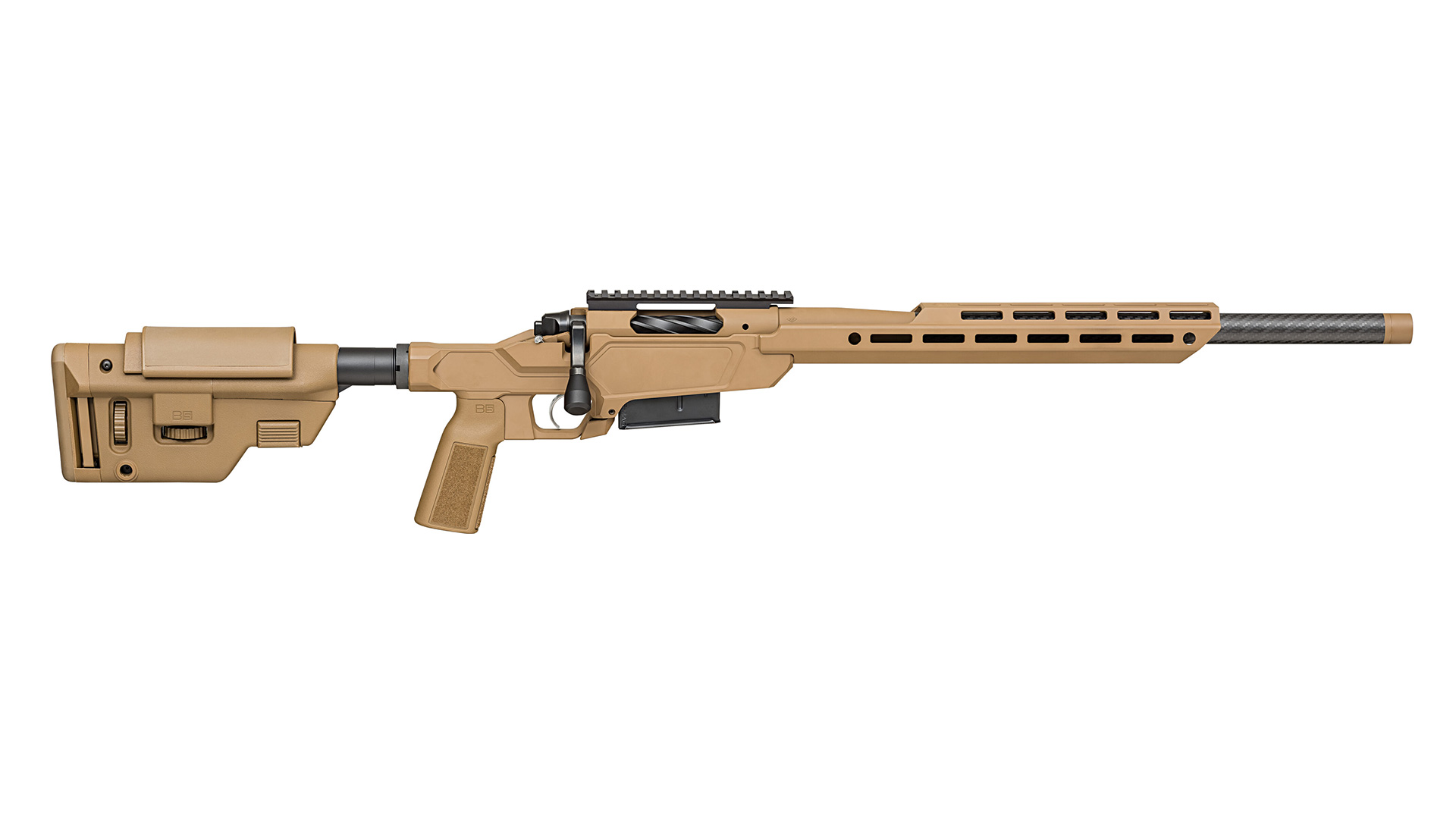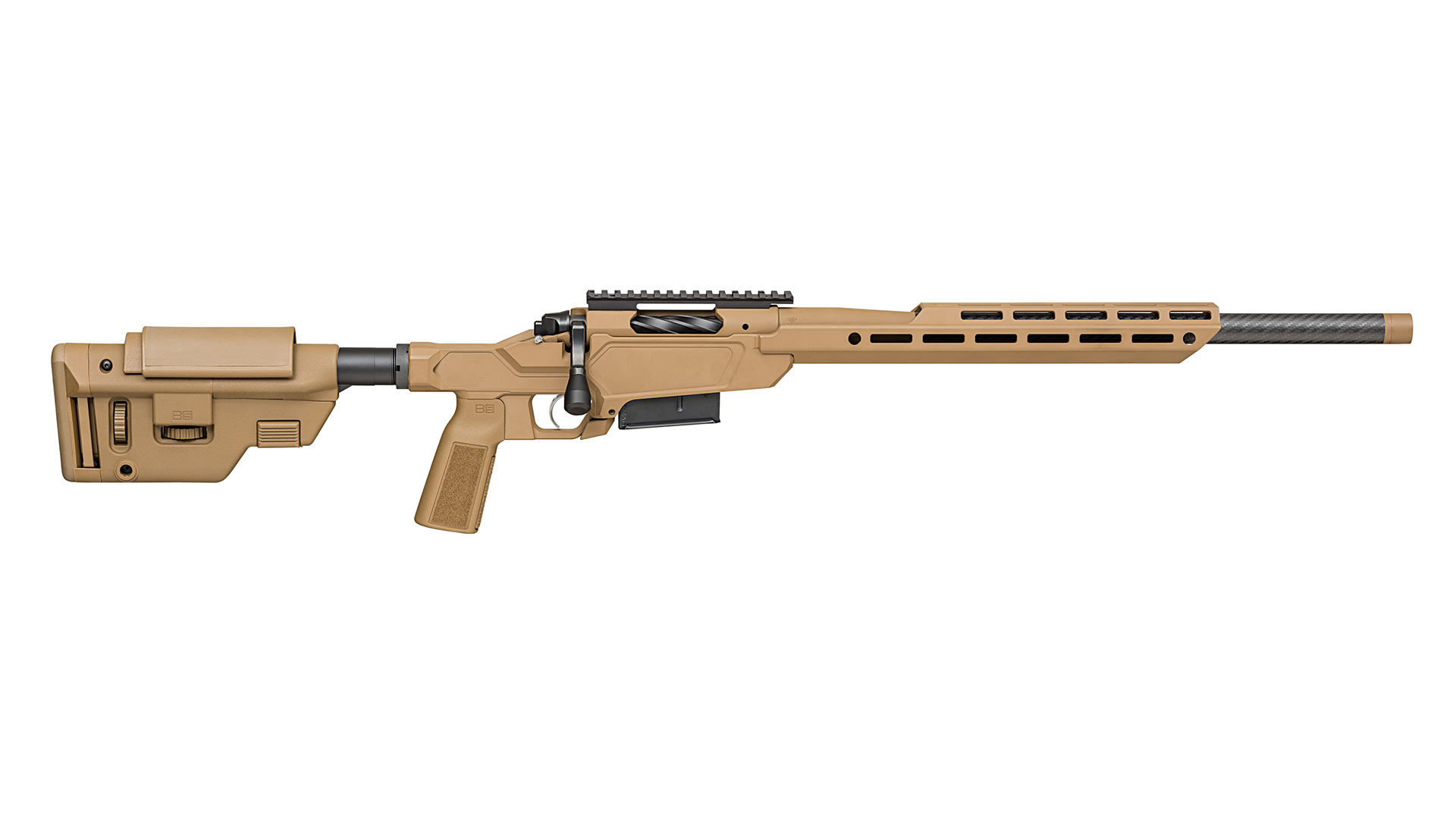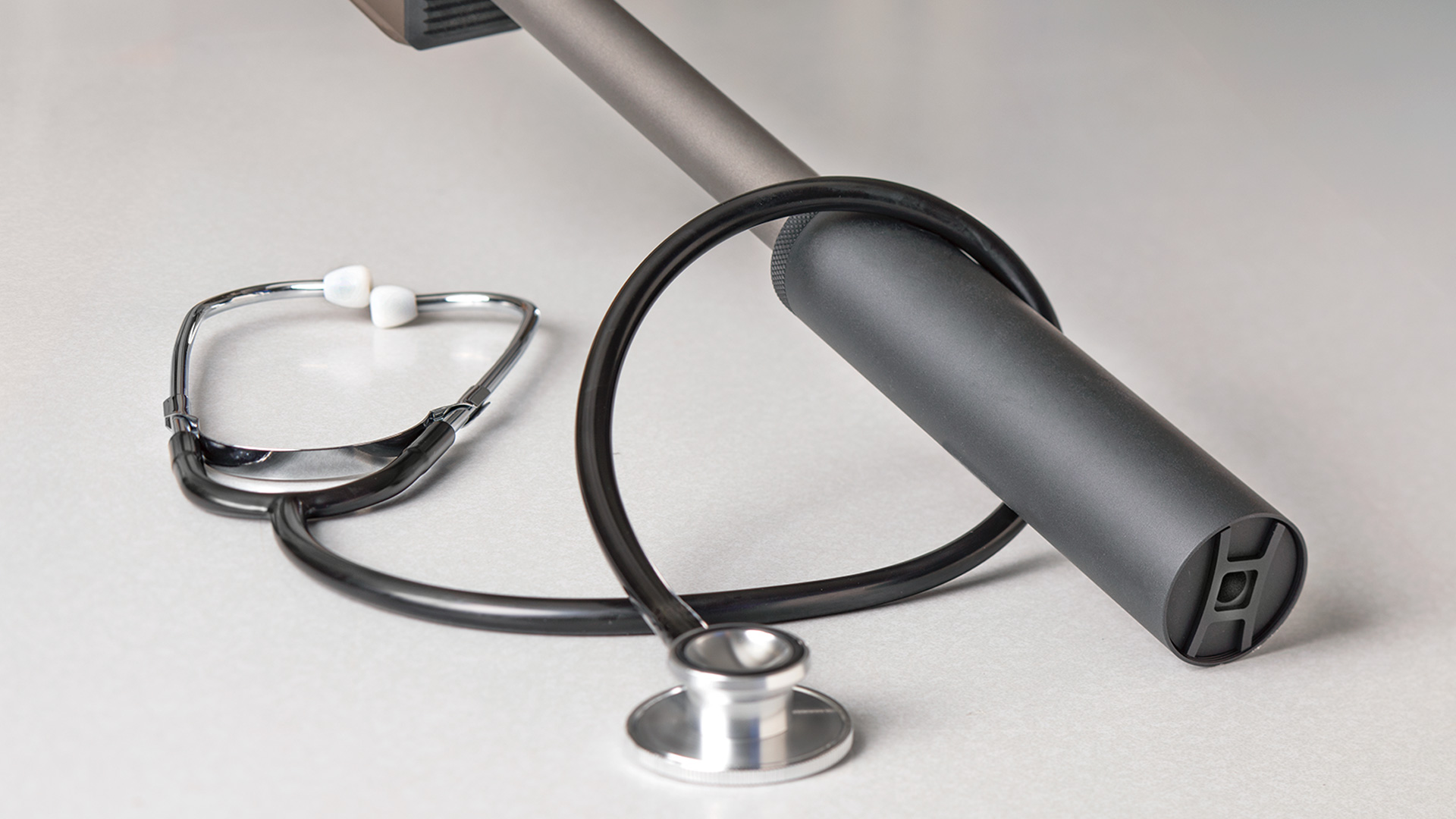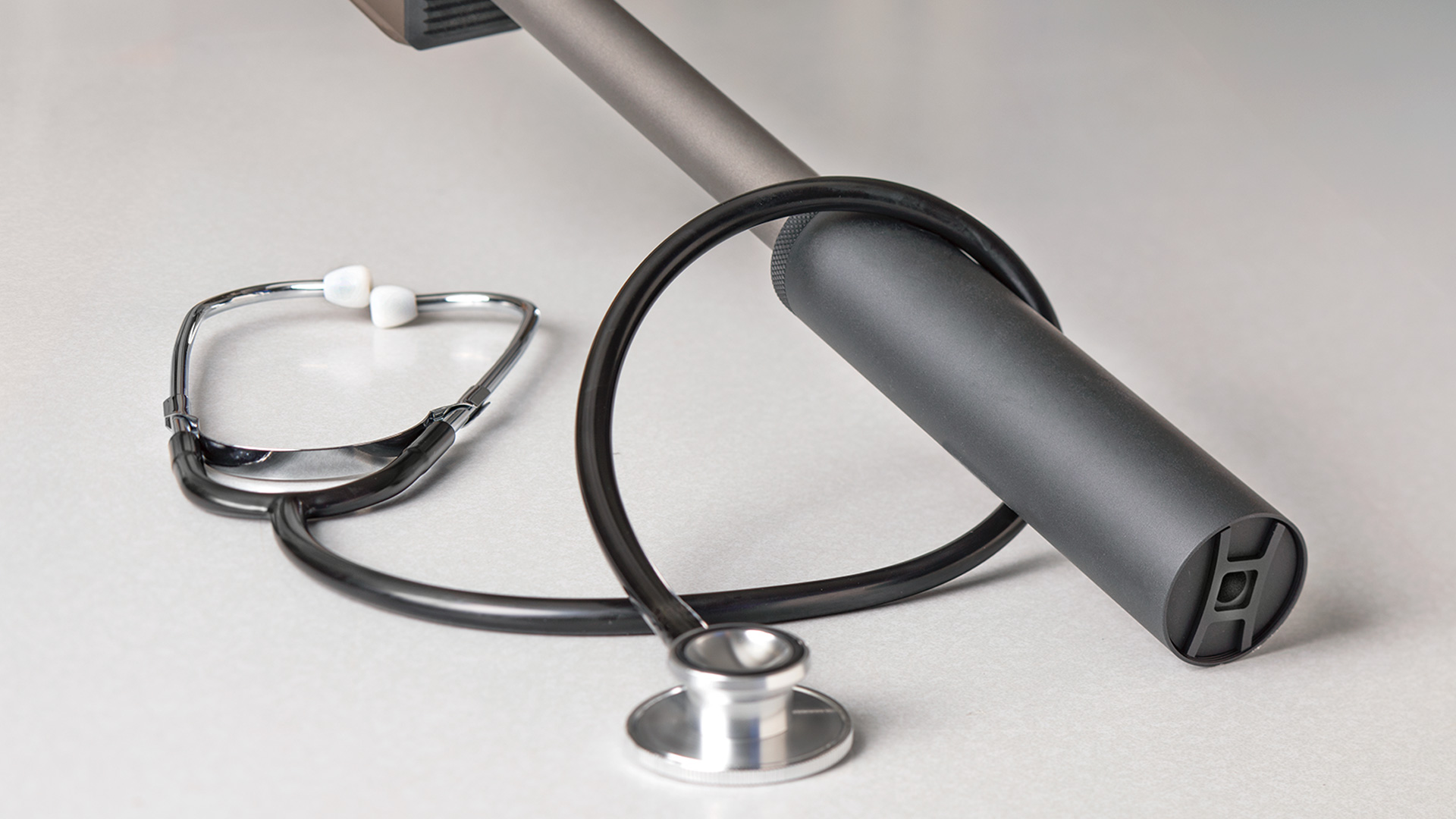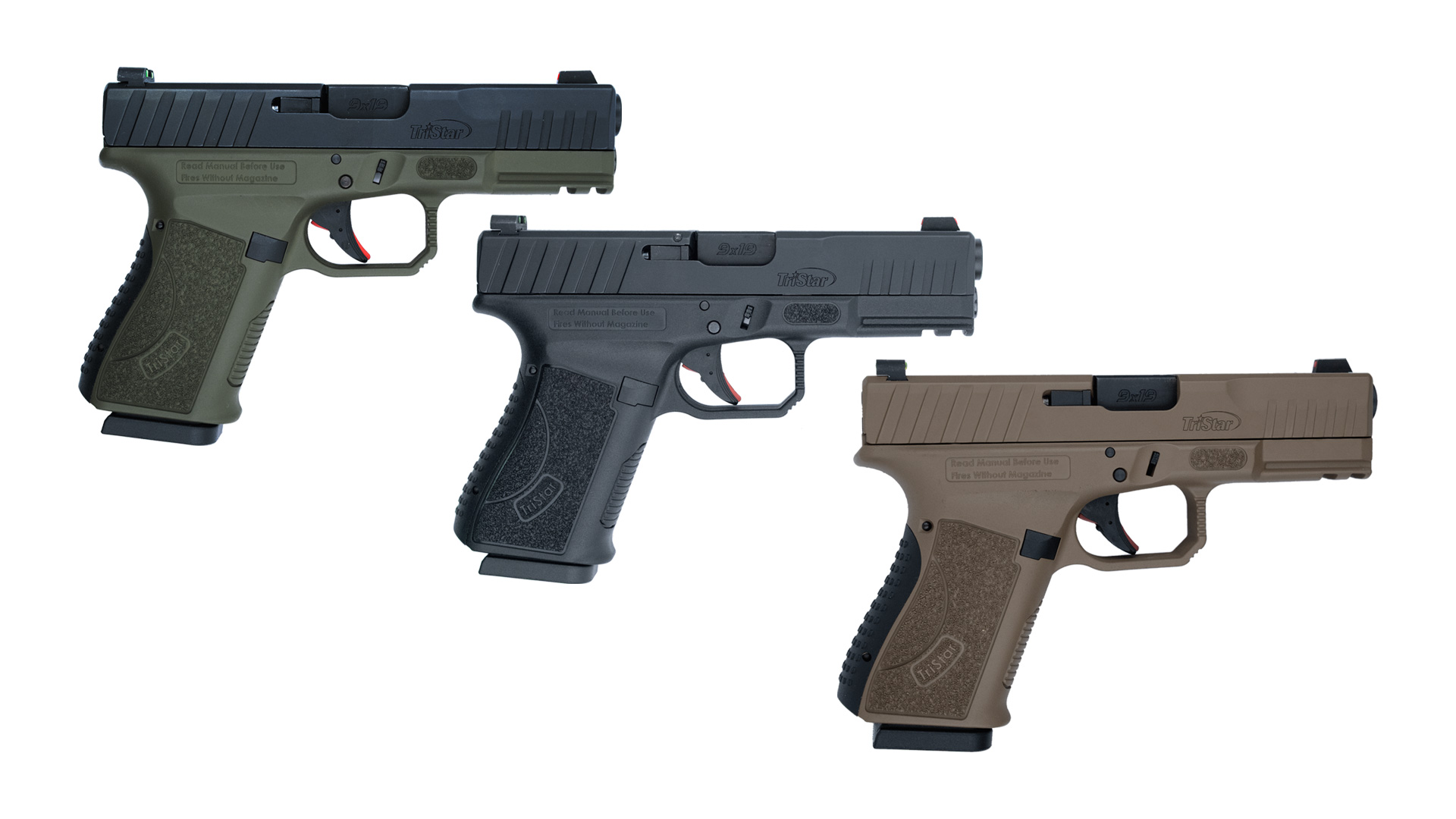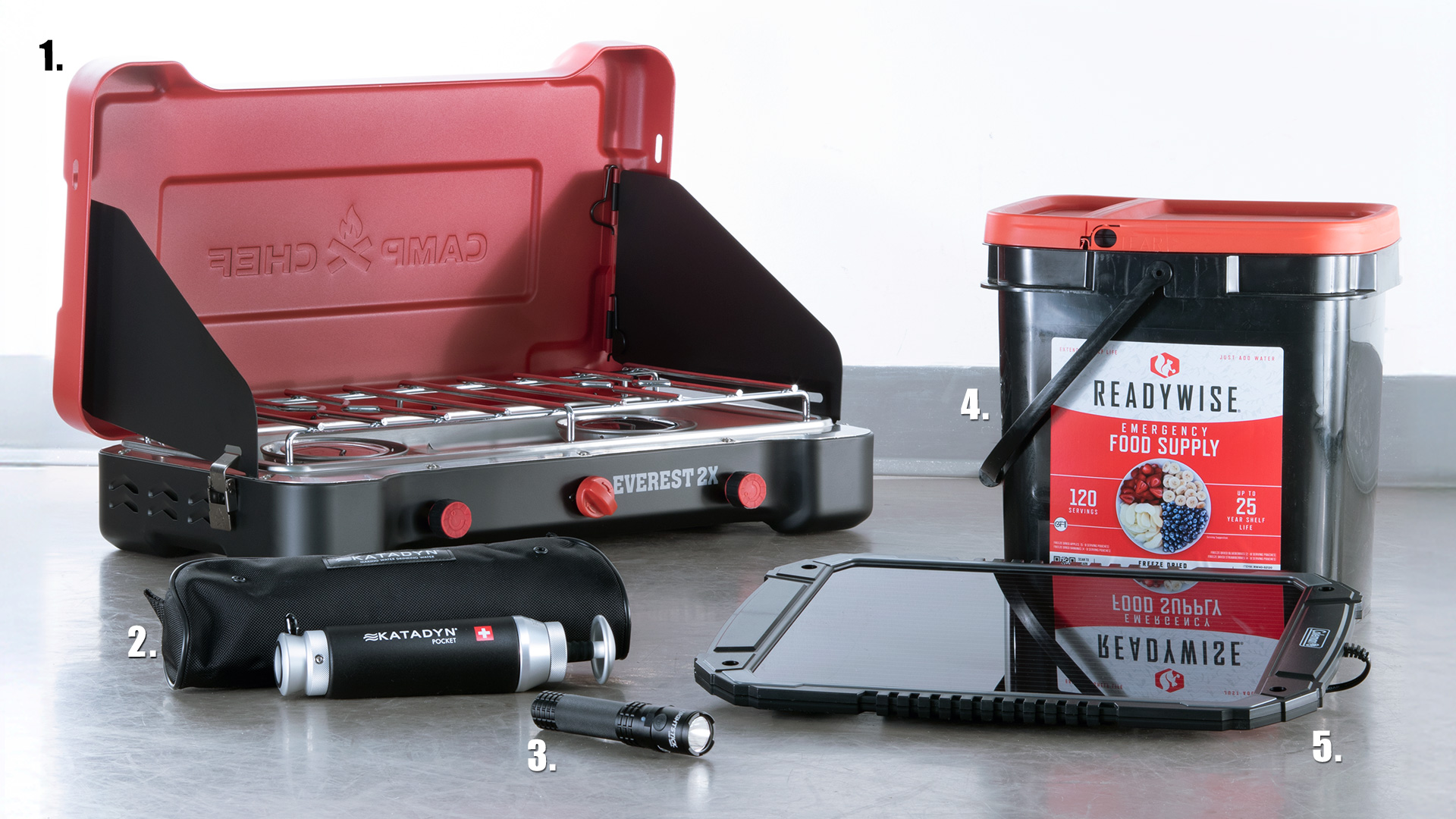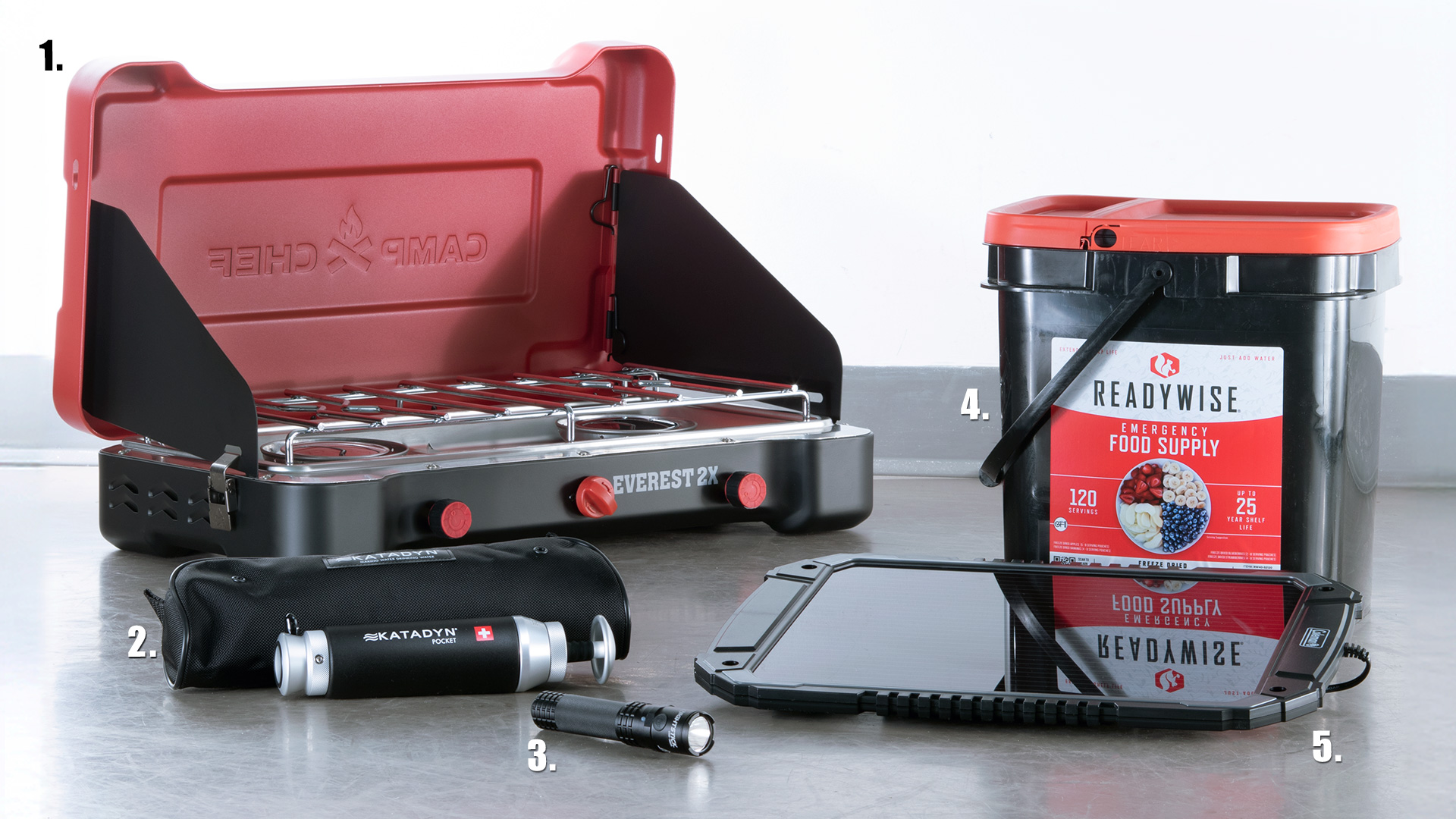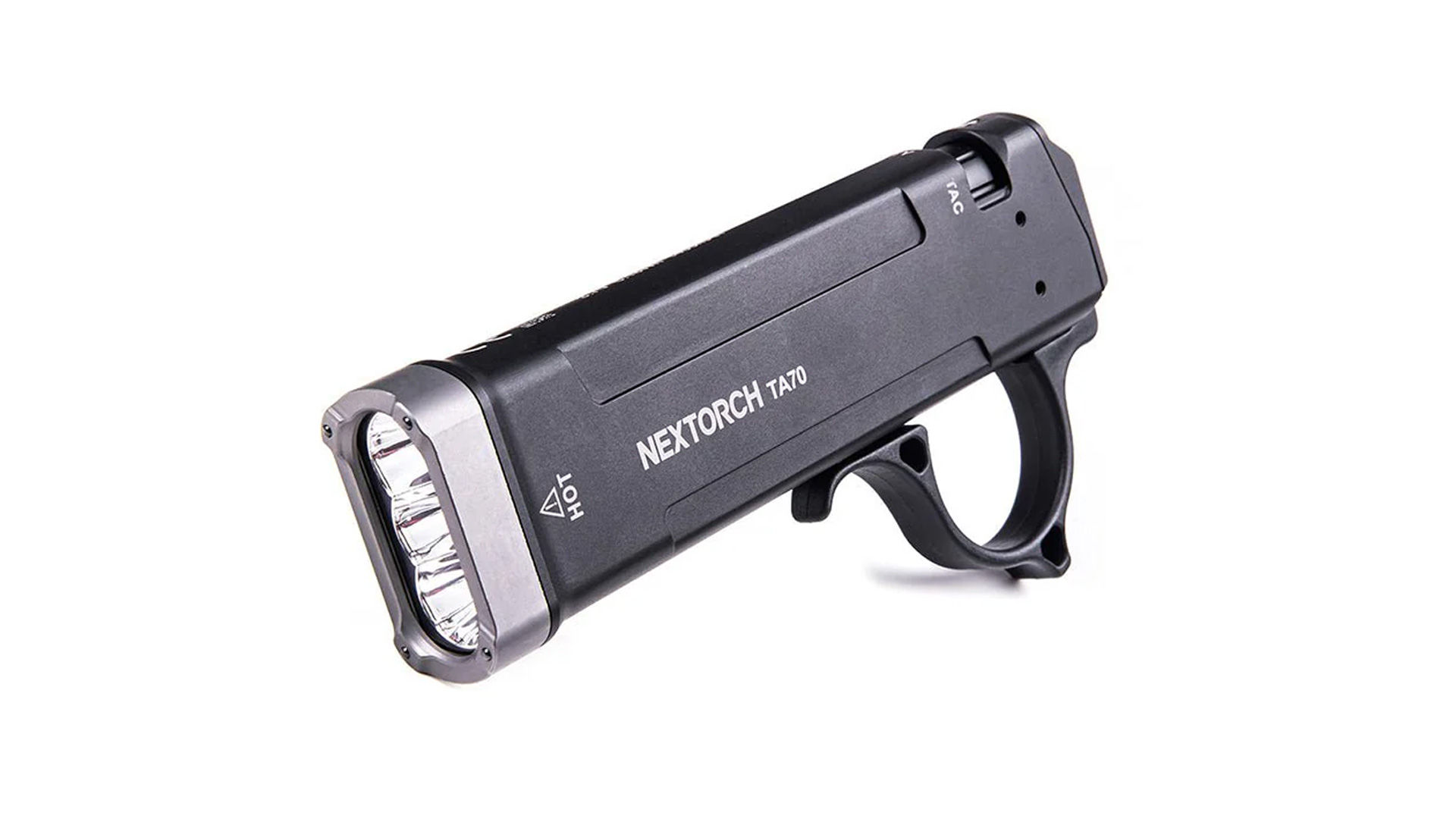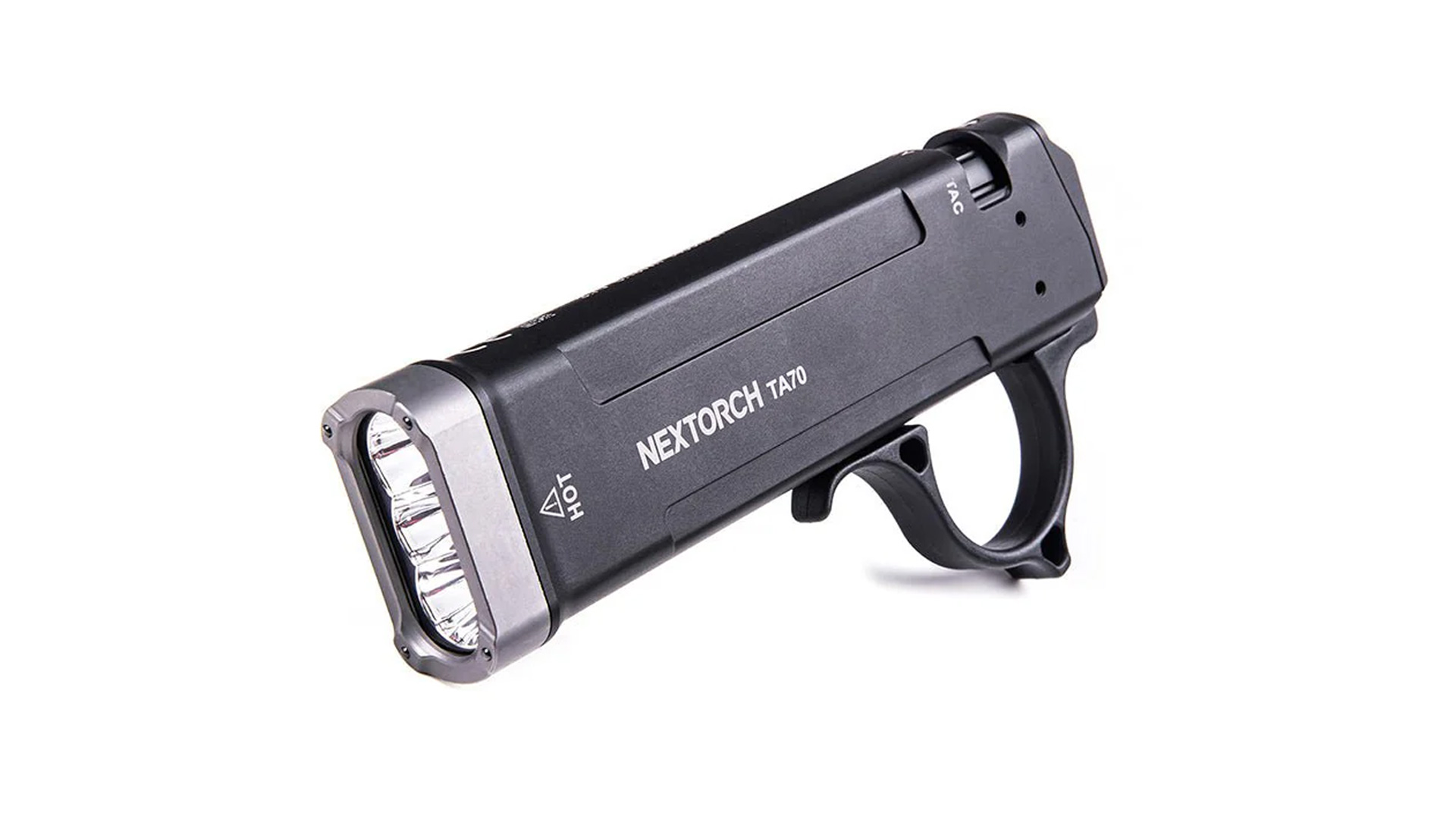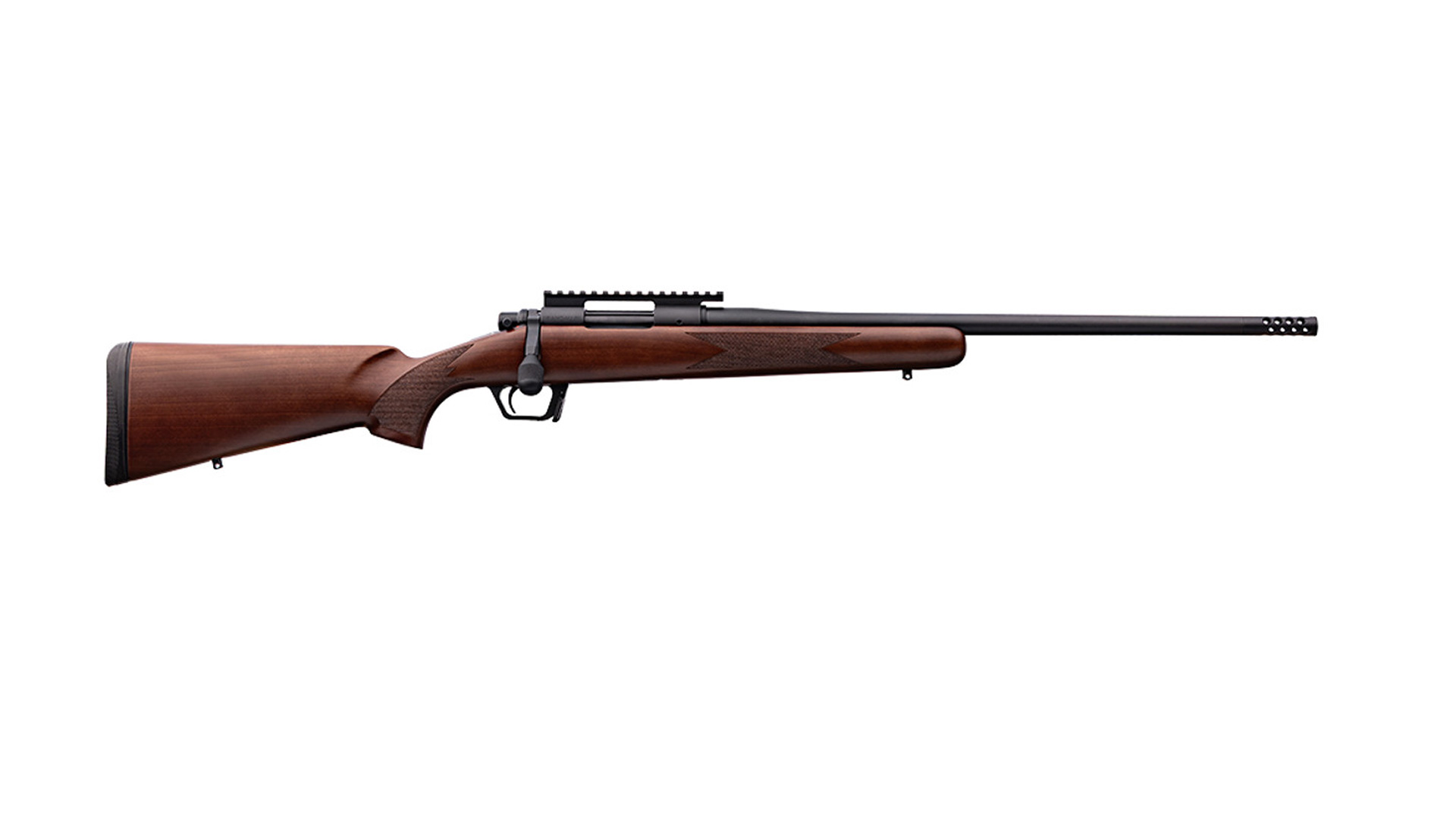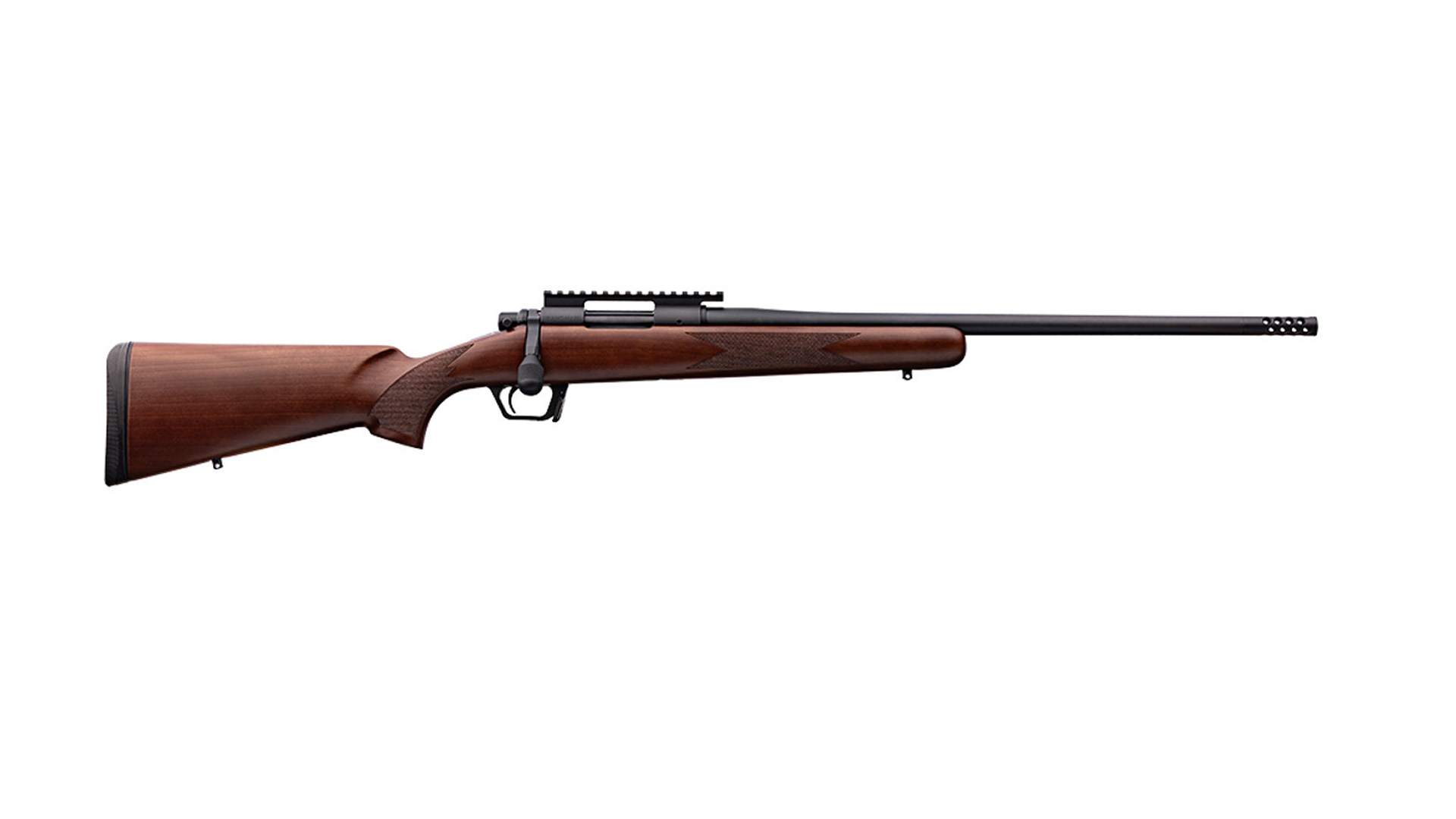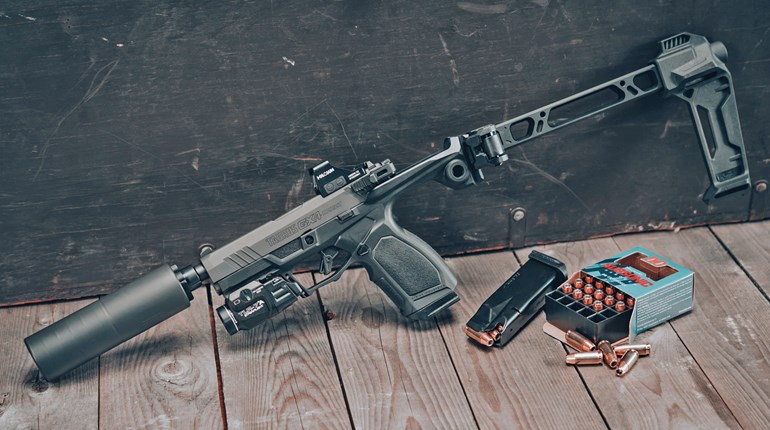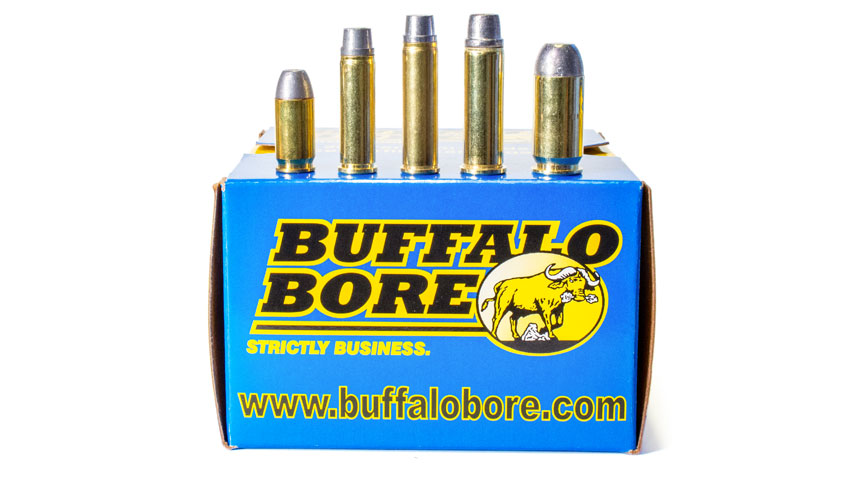
All of these hardcast defensive- handgun loads are capable of defeating heavy clothing and pushing through more than 2 feet of 10-percent ordnance gelatin. (Left to right: .380 ACP, .32 H&R Mag., .327 Fed. Mag., .38 Spl., .45 ACP.)
If we look back at the event delivering us into the age of sophisticated, defensive-handgun ammunition, we’ll find the primary failure that’s driven defensive-handgun-bullet development ever since was insufficient penetration. During the infamous FBI shootout in Miami in 1986, a 115-grain Winchester Silvertip bullet from a 9 mm hit the bad guy in the arm, continued into the chest seriously damaging the lung and then stopped an inch shy of the heart. In the aftermath of this incident, the FBI began its search for a better cartridge and bullet.
The .40 S&W was a result of the exhaustive research and testing that followed, and the now-famous FBI bullet-testing protocol, formulated after this event, has guided the design of defensive-handgun ammu-nition ever since. Bullet engineers like Tom Burczynski have become well-known for designing projectiles that will expand and deliver the magic 12 to 18 inches of penetration, which the FBI has established as ideal.
Simply put, bullet manufacturers now build defensive-handgun-caliber bullets to a standard, and they’re doing a fantastic job. As evidence, consider the new Hydra-Shok Deep load Federal has just released for the .380 ACP. Though I’ve not tested it, reliable sources tell me it will expand and that it will reliably meet that 12-inch penetration minimum. Whether you think the .380 ACP to be suitable for self-defense or not, you have to recognize the engineering behind this load. This cartridge has been around for more than 100 years, and this is the first commercial .380 ACP load to regularly deliver this kind of performance. It would likely have never happened had Special Agent Jerry Dove not shot Michael Lee Platt with a 9 mm Winchester Silvertip.
But, let’s keep things in perspective. The FBI handgun-performance standard is not just about bullets that will stop bad guys; its criteria are heavily weighted on a bullet’s ability to shoot through intermediate barriers, expand and still meet that 12-inch minimum of penetration—but then never penetrate more than 18 inches. This limitation in penetration is to prevent the potential for collateral damage to bystanders. If you’re looking for a critter-defense load or ammo for your trail gun, over-penetration is not high on your list of concerns.
What we have now—34 years after the tragedy in Miami—are a wide selection of sophisticated, defensive-handgun-caliber bullets from which to choose. You can argue all you want which is best, but the truth is the Speer Gold Dot, Remington Golden Saber, Federal Hydra-Shok Deep, SIG Sauer V-Crown, Hornady Critical Duty, Barnes TAC-XP and others will all perform similarly. Should you have to shoot a bear, rabid coyote or feral hog with one of these, your shot placement better be perfect because something in the neighborhood of 12 inches of penetration is all you’re going to get. Yeah, a head shot might work, if that round-nose, hollow-point bullet does not deflect off the skull.
What I want you to consider is an alternative because it is capable of doing something new-age bullets can’t. Hard-cast handgun bullets are popular with those who hunt with handguns because they do one thing better than any other projectile—penetrate. Lots of folks think hard-cast bullets are lead bullets. Though they contain lead and even look like they are made of nothing but lead, they are not lead. Hard-cast bullets are a mixture of a variety of metals that can include antimony, tin and even silver. [EDITOR’S NOTE: No werewolves were harmed in the writing of this column]. Pure lead has a Brinell hardness (BHN) of about 4, hard-cast bullets have a BHN of between 11 and 30. The toughest hard-cast bullets are more than seven times harder than lead. For what it’s worth, the Gold Dot, Golden Saber, Hydra-Shok, Critical Duty and V-Crown bullets also contain lead.
Hard-cast bullets can be made in a variety of shapes, but the most common for hunting and the best for terminal performance have a flat nose. This flat nose greatly enhances tissue destruction. Not only will it cut through thick skulls, bone, cartilage and muscle, but the flat nose increases what might be called the splash of the bullet; it forces tissue to separate widely as it plows through. From a tissue-damage standpoint, a flat-nose, hard-cast bullet can create a radial wound cavity similar to that of a hollow-point bullet that expands to approximately 1.2 to 1.3 times its unfired diameter.
But, the real benefit of a hard-cast bullet is penetration. Since they are hard enough to retain their shape and weight, and since the flat nose helps the bullet maintain its stability during penetration, hard-cast bullets drive amazingly deep. I’ve tested the Buffalo Bore hard-cast loads in .32 H&R Mag., .327 Fed. Mag., .380 ACP, .38 Spl., 9 mm and .357 Mag. All of the above can push through as much as 3 feet of 10-percent ordnance gelatin and couldn’t care less about leather jackets or heavy clothing.
As evidence of their effectiveness, I’ve taken deer and javelina with the .32 H&R Mag. and .327 Fed. Mag. Buffalo Bore hard-cast loads. Alaskan outfitter Phil Shoemaker even used the Buffalo Bore 9 mm hard-cast Outdoorsman load to stop a marauding grizzly. The old hard-cast bullet cannot be matched if penetration is what’s needed. Self-defense with the handgun is not just about bad guys—for those who live and work in the outdoors and have to worry about things with teeth and claws, they are a far better option than anything the FBI would suggest to be loaded in a defensive handgun.
With regard to the development of defensive-handgun ammunition during the last 34 years, I have to wonder where we would be today if Special Agent Jerry Dove’s 9 mm had been loaded with hard-cast ammo. Why? Because that bullet would not have stopped just 1-inch shy of Michael Lee Platt’s heart. Hard-cast bullets will also work against bad guys, even if they’re stacked two and three-deep. After all, bad guys are predators, too.
